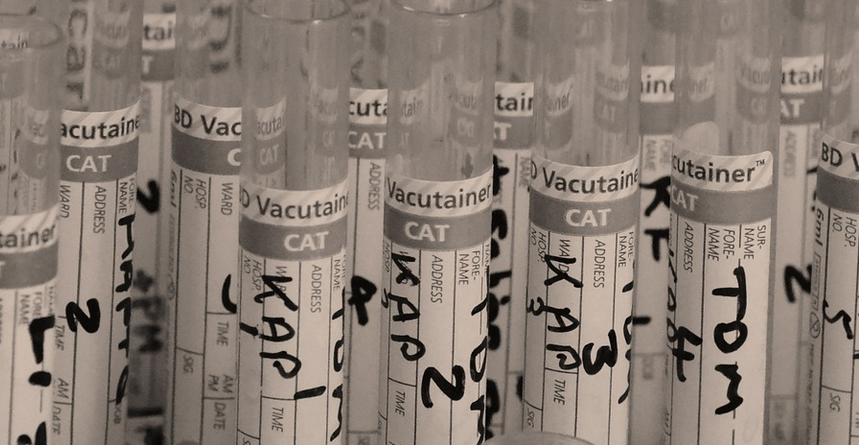Introduction
If you own an Acura RDX, you know that it is a reliable and luxurious SUV that offers excellent performance and handling. However, to keep your vehicle running at its best, you need to perform regular maintenance tasks, and one of the most critical tasks is changing the brake fluid. In this article, we will discuss the Acura RDX brake fluid change interval, why it is essential, and how to do it.
What is Brake Fluid and Why is it Important?
Brake fluid is a vital component of your vehicle’s braking system. It is a hydraulic fluid that transmits force from the brake pedal to the brake calipers, which then squeeze the brake pads against the brake rotor, creating friction that slows down or stops your vehicle. Over time, brake fluid can become contaminated with moisture, which can corrode the brake system’s internal components and reduce the fluid’s effectiveness.
How Often Should You Change Your Acura RDX Brake Fluid?
According to Acura, you should change your brake fluid every three years or 45,000 miles, whichever comes first. However, if you drive in harsh conditions, such as stop-and-go traffic, mountainous terrain, or extreme temperatures, you may need to change your brake fluid more frequently. Additionally, if you notice any signs of brake fluid contamination, such as a dark or cloudy appearance, you should have your brake system inspected immediately.
How to Change Your Acura RDX Brake Fluid
Changing your Acura RDX brake fluid is a relatively simple process that you can do yourself if you have some basic mechanical skills and tools. Here are the steps you need to follow:
Step 1: Gather Your Tools and Supplies
You will need the following tools and supplies: – Brake fluid (DOT 3 or DOT 4) – Turkey baster or brake fluid siphon – Brake bleeding kit – Wrench or socket set – Clean rags or towels
Step 2: Locate the Brake Bleeder Valves
The brake bleeder valves are located on each brake caliper. They look like small nipples that protrude from the caliper body.
Step 3: Prepare the Brake Bleeding Kit
Follow the instructions that come with your brake bleeding kit to prepare it for use. The kit typically consists of a hose, a bottle or jar, and a valve or pump.
Step 4: Open the Brake Bleeder Valves
Use the wrench or socket set to loosen the brake bleeder valves. Be careful not to damage the valves or strip the threads.
Step 5: Attach the Brake Bleeding Kit
Attach the hose from the brake bleeding kit to the brake bleeder valve. Place the other end of the hose into the bottle or jar.
Step 6: Fill the Brake Master Cylinder with Fresh Fluid
Remove the cap from the brake master cylinder and fill it with fresh brake fluid. Use a turkey baster or brake fluid siphon to remove as much old fluid as possible before adding the new fluid.
Step 7: Pump the Brake Pedal
Have a helper pump the brake pedal several times and then hold it down. This will create pressure in the brake system.
Step 8: Open the Valve on the Brake Bleeding Kit
Open the valve on the brake bleeding kit to allow the old brake fluid to flow out of the system. Have your helper release the brake pedal when the flow of fluid slows down or stops.
Step 9: Close the Valve on the Brake Bleeding Kit
Close the valve on the brake bleeding kit and remove the hose from the brake bleeder valve. Repeat steps 5-9 for each brake caliper.
Step 10: Check the Brake Fluid Level and Repeat if Necessary
After bleeding the brakes, check the brake fluid level in the master cylinder and add more fluid if necessary. Repeat the bleeding process until the fluid that comes out of the system is clear and free of contaminants.
Conclusion
Changing your Acura RDX brake fluid is an essential maintenance task that you should not neglect. By following the manufacturer’s recommended interval and using the right tools and supplies, you can keep your vehicle’s braking system in top condition and ensure your safety on the road. Remember to always wear protective gloves and eyewear when working with brake fluid and consult a professional mechanic if you are unsure about any aspect of the process.

